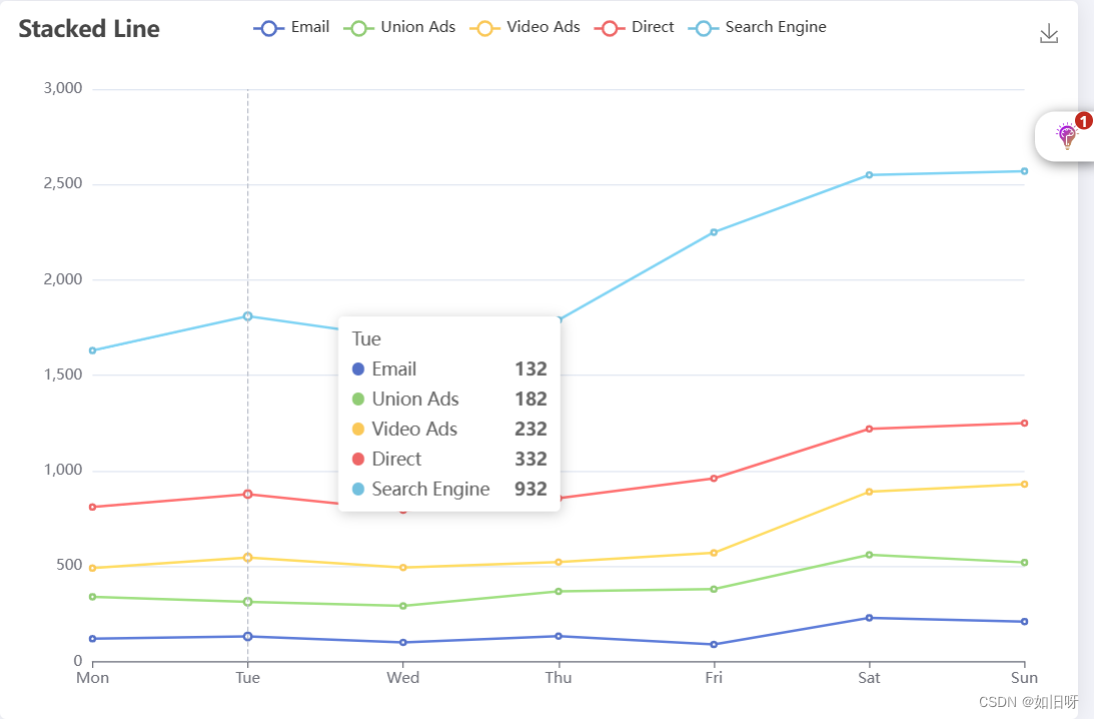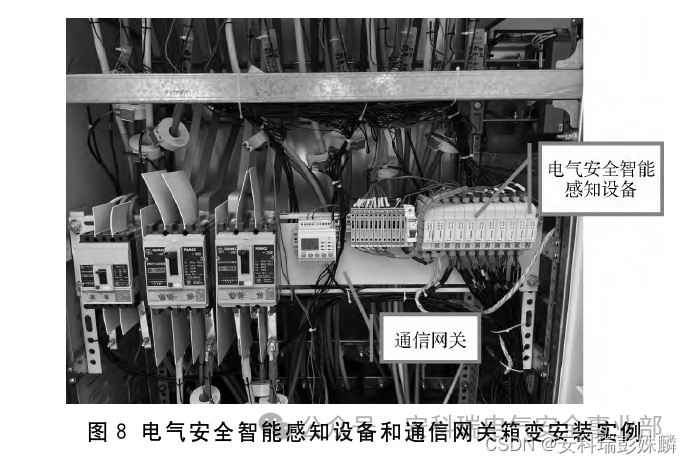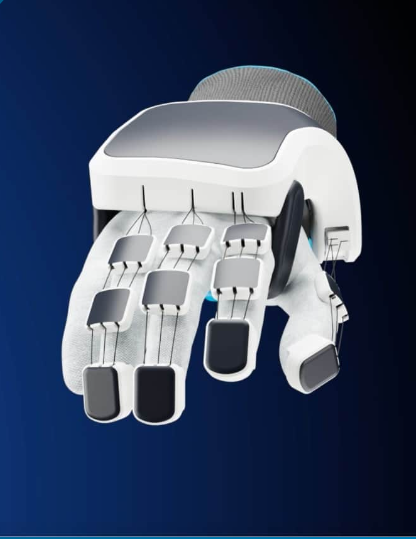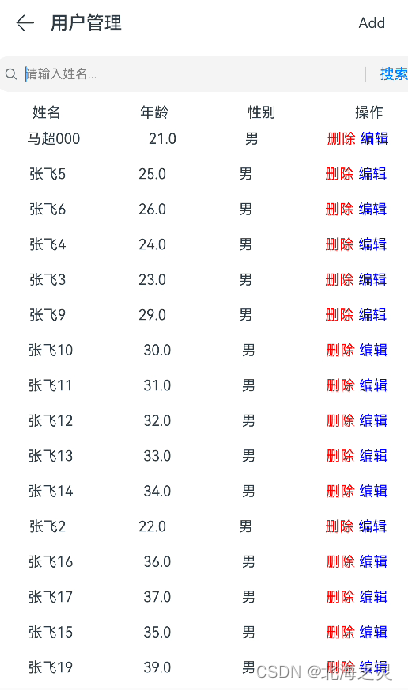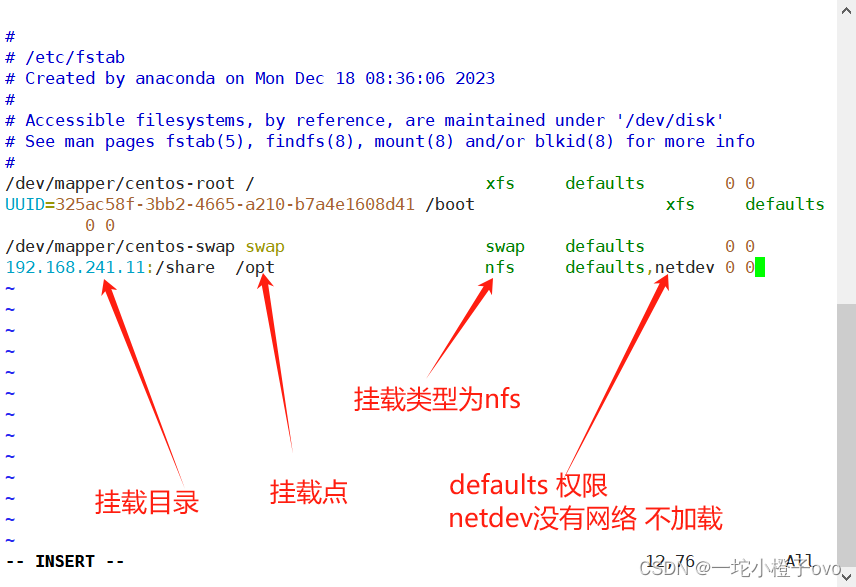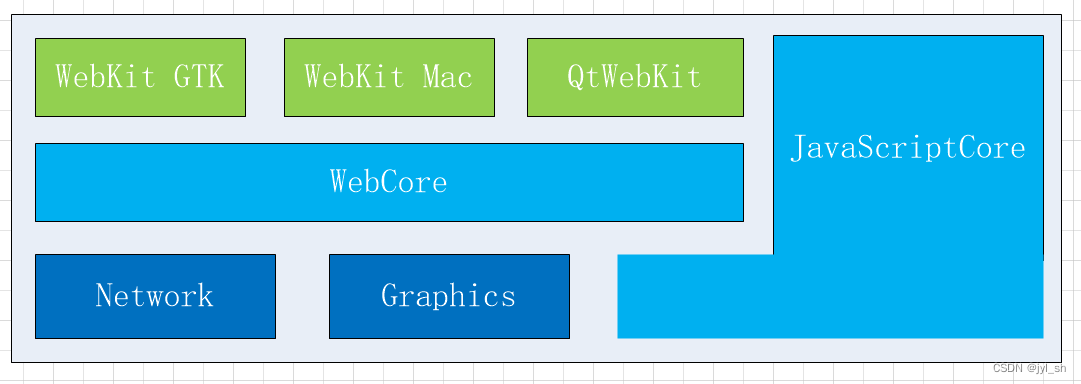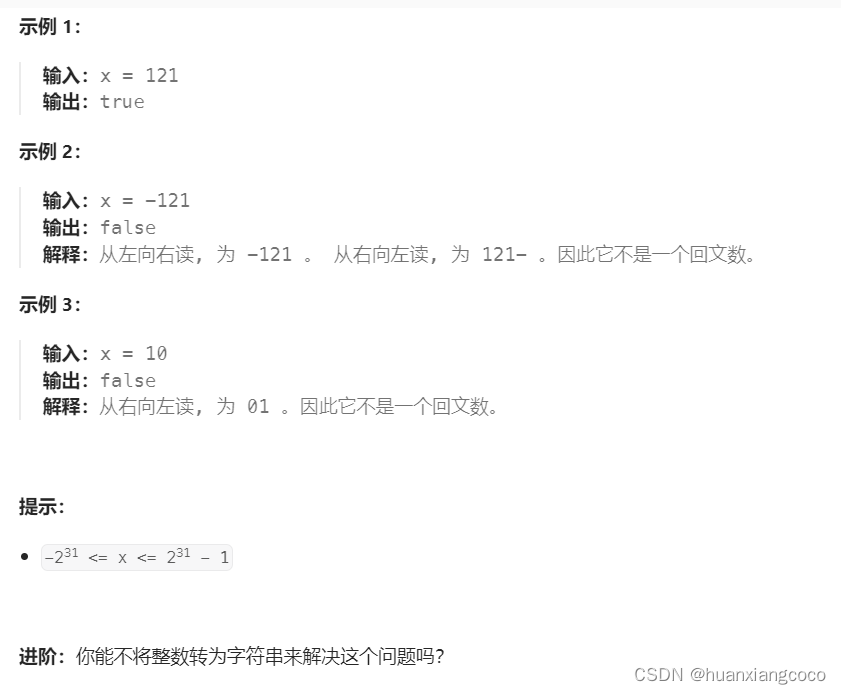论文网址:Few-shot domain-adaptive anomaly detection for cross-site brain images | IEEE Journals & Magazine | IEEE Xplore
英文是纯手打的!论文原文的summarizing and paraphrasing。可能会出现难以避免的拼写错误和语法错误,若有发现欢迎评论指正!文章偏向于笔记,谨慎食用!
1. 省流版
1.1. 心得
(1)这Intro在我黯淡无光的读着重复的论文的每一天中突然闪耀起来了。这是TPAMI的魅力吗
(2)其实我现在觉得脑图分类总不好可能是大家也有别的病...
(3)Related works写名字是真的...难评。为什么不能写写模型名字
1.2. 论文总结图v
2. 论文逐段精读
2.1. Abstract
①For solving the problem that fMRI data comes from different sites, the authors proposed few-shot domain-adaptive anomaly detection (FAAD)
②They firstly adopt domain adaptation, which reduce the differences of different sites. And secondly combining the features of different sites
③The database is the Human Connectome Project (HCP)
2.2. Introduction
①It is hard to obtain enough number of correctly labeled samples
②⭐It comes overfitting risk when applying unsupervised methods in that the dimension of functional connectivity is too high, the number of sample is limited and differences between samples are significant
③⭐In reality, the number of healthy people is definitely much greater than the number of Alzheimer's patients. If follows the situation (the ratio of AD and HC), it may decreases the accuracy of binary classification
④⭐Accordingly...They take large amount healthy samples as their pre-traning set, then apply anomaly detection in comprehensive sites.
⑤作者在这里提到一个标签空间的问题,他们认为纯健康的源域和有健康有不健康的目标域的标签空间可能是不一样的。因此不能采用传统的自适应方法。作者认为“需要应用一般和有条件的领域自适应。这样可以在保持训练模型的判别能力的同时,使两个域的特征分布保持一致”
⑥The schematic of their FAAD:

⑦Their contributions: a) they are the first one to adopt anomaly detection in psychiatric disoders classification, b) for one class in source dataset and two classes (only one new class) in target dataset, they alleviate the difference of distribution between two classes, c) they align the general feature distribution and conditional distribution between the source and the target datasets at the same time
interrater adj. 评分者间的:指不同评分者之间的一致性或可靠性
delineate v. (详细地)描述,解释;标明,标示(边界)
schematic adj. 略图的;严谨的;简表的;有章法的 n. 简图
authenticity n. 真实性,可靠性
2.3. Related work
2.3.1. Classification of mental disorders
①Shen et al. classified schizophrenia (SCZ) and HC by locally linear embedding and C-means clustering
②Zeng et al. classified depression and HC by whole brain FC and SVM
③What is more, Zeng et al. then classified SCZ and HC by discriminant autoencoder network with sparsity constraint (DANS) with combining different sites of data
④Sui et al. predicted the cognitive domain score of SCZ by extracting features from multimodal MRI images
⑤Li et al. classified posttraumatic stress disorder (PTSD) and HC by dynamic FC
⑥Gopinath et al. predicted the stage of AD by new learnable graph pooling method
⑦Lian et al. extracted the multi-scale features of AD by hierarchical fully convolutional network (H-FCN)
⑧Mourao-Miranda et al. classified patients by anomaly detections with SVM but only contains 38 samples
morphometry n. 形态测量学;形态计量术
2.3.2. Few-shot learning for anomaly detection
①Anomaly detection, also called outlier detection or novelty detection, tries to limit all the training samples (normal samples) in a hypersphere as much as possible. All the samples that fall outside the hypersphere are abnormal samples
②Few number of anomalies will better help to depict the hypersphere
③Lu et al. proposed a few-shot scene-adaptive outlier detection method
④Ding et al. put forward graph deviation networks (GDN) and new cross-network meta-learning algorithm
⑤Koizumi et al. proposed a few-shot method to train cascaded specific anomaly detector
⑥It is hard to use meta-learning cuz the domain is single (diversity needed) and unseen labels can only be used in fine-tune in meta-learning
a.k.a. abbr.又名,亦称(尤用于引出某人的昵称或艺名(also known as));
2.3.3. Cross-domain few-shot learning
2.4. Materials
2.4.1. Demographic, clinical and imaging information of data
2.4.2. Preprocessing
2.4.3. Functional connectivity measures
2.5. Proposed algorithm
2.5.1. Problem definition
2.5.2. Deep semi-supervised anomaly detection (DSAD)
2.5.3. Residual correction block (RCB)
2.5.4. Conditional adversarial domain adaptation revisited
2.5.5. Overall formulation of the FAAD algorithm
2.6. Experiment
2.6.1. Baseline method
2.6.2. Implementation details
(1)Network and training setup
(2)Data augmentation
2.6.3. Results and analysis
(1)FAAD for one mental disorder
(2)FAAD for two mental disorders
(3)Discriminative FC and brain regions
(4)Empirical analysis of parameters
(5)Distribution of anomaly scores
(6)Brain parcellation and model performance
2.7. Discussion
2.8. Conclusion
3. 知识补充
3.1. Hypersphere
参考学习:超球面_百度百科 (baidu.com)
3.2. Meta-learning
参考学习:一文入门元学习(Meta-Learning)(附代码) - 知乎 (zhihu.com)
4. Reference List
Su J. et al. (2021) 'Few-shot domain-adaptive anomaly detection for cross-site brain images', IEEE Transactions on Pattern Analysis and Machine Intelligence, pp. 1. doi: 10.1109/TPAMI.2021.3125686


